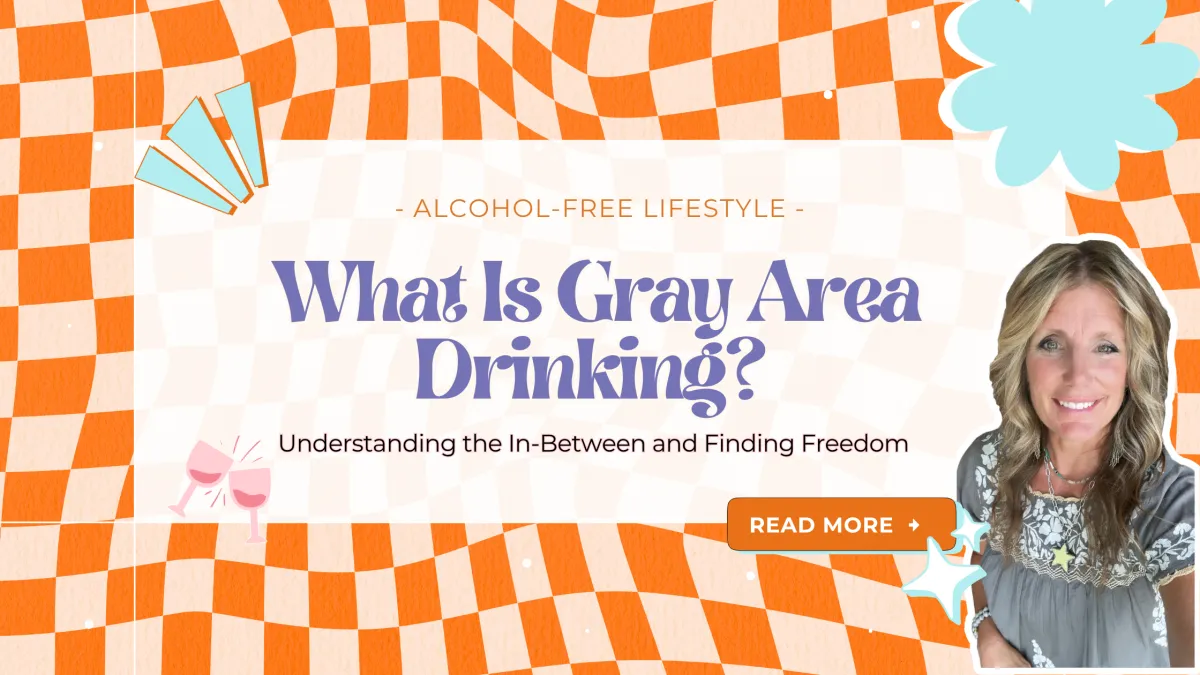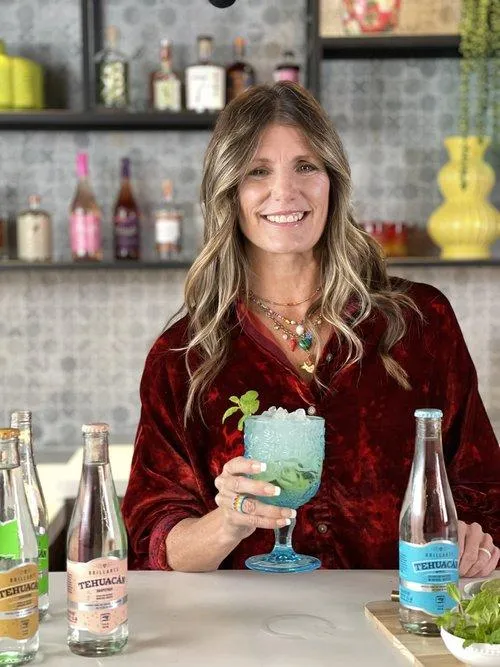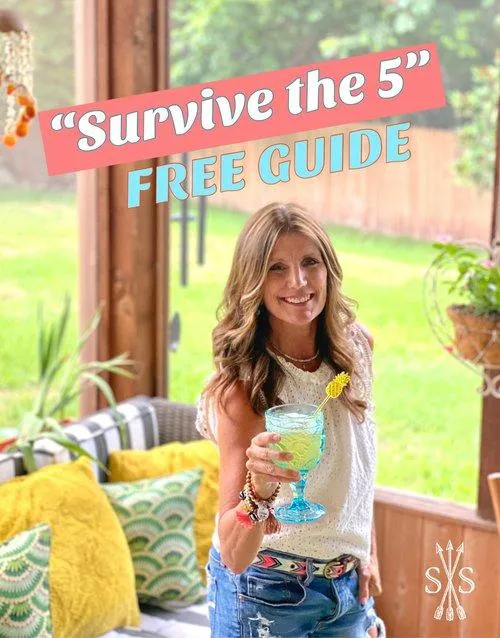Sober Sis Blog
Jul 03 | Written By Jenn Kautsch
What Is Gray Area Drinking? Understanding the In-Between and Finding Freedom

Gray area drinking is the space between occasional social drinking and full-blown addiction — and it’s where many women silently struggle. In this post, Jenn shares her personal story, defines what gray area drinking is (and isn’t), and offers hope, clarity, and practical next steps for women ready to change their relationship with alcohol without labels or rock bottoms.
🎥 Watch the Full Video:
Hear Jenn share her heart on gray area drinking and what it means to live awake, aware, and free.
Living in the Gray
Let’s talk about gray area drinking — what it is, what it isn’t, and how realizing you’re in it can be the very thing that sets you free.
Six years ago, I looked like I had it all together. I was leading Bible studies, raising a family, showing up — on the outside. But inside? I felt divided. One person by day, another by night. I didn’t think anyone else struggled the way I did: wanting to drink less but feeling stuck in the same pattern every night.
That’s when I discovered the gray area.
What Is Gray Area Drinking?
Gray area drinkers are those who drink regularly — maybe socially, maybe alone — but don’t meet the criteria for alcohol dependence. It’s not about quantity as much as it’s about internal conflict.
You might:
● Look “normal” on the outside.
● Function well in daily life.
● Still feel stuck, confused, or ashamed about your drinking habits.
It’s the space between “just a glass of wine now and then” and “I need help.”
And for most women I’ve worked with, it’s where the real transformation begins.
You Don’t Have to Hit Rock Bottom
One of the biggest myths about changing your relationship with alcohol is that you have to hit a dramatic low first. You don’t. You can choose clarity before the crash. Your wake-up call doesn’t need to be anyone else’s rock bottom. It just needs to matter to you.
I kept waiting for things to get worse before I could justify doing something different. That’s gray area drinking talking.
The Drinking Spectrum (and Where You Might Fall)
Think of alcohol use on a scale from 1 to 10.
● A “1” might be someone who drinks once a year at a wedding (and maybe doesn’t even finish the glass).
● A “10” is someone physically dependent on alcohol.
Most of us? We fall somewhere in between. That’s the bell curve. That’s the gray zone.
And if that’s where you are — I see you. You’re not alone. In fact, you’re part of the majority.
Connection: The Antidote to the Cycle
When I was trying to figure this out on my own, it felt isolating. The promises I made to myself, I broke. And no one knew but me. That cycle of shame only deepened the spiral.
What changed everything? Connection.
That’s why Sober Sis is about community, not control. It’s not just resources — it’s relationship. You’ll go farther with other women who understand what you’re going through than you ever could trying to “white knuckle” it alone.
Finding Tools That Truly Help
Here’s the truth: alcohol doesn’t help with anxiety — it fuels it.
When I stopped drinking, my anxiety went down. But I had to replace that old coping mechanism with something real — something that actually brought me peace and rest.
Through the 21 Day Reset, I created a new rhythm of self-care and presence, built on grace instead of guilt.
You Don’t Need a Label. Just a Next Step.
This journey isn’t about perfection or performance. It’s about presence.
You can exit the drinking highway at any point. No labels. No rock bottoms required. Just one decision: to choose clarity over confusion. To be fully awake in your own one life.
And I’m here to walk with you every step of the way.
💛 Ready to take the first step?
Join women around the world in the next 21 Day Reset Challenge and begin your journey to a more sober-minded, present life.

Written By Jenn Kautsch
Your sober minded sis!
TIRED of the DETOX to RETOX loop?
Break free with the 21 Day Reset Challenge.
Sign up now to get BONUS coaching before we start!
Need support TONIGHT at WINE O’CLOCK?
Get my FREE “Survive the 5” guide by CLICKING HERE.
Sober Sis Swag!



